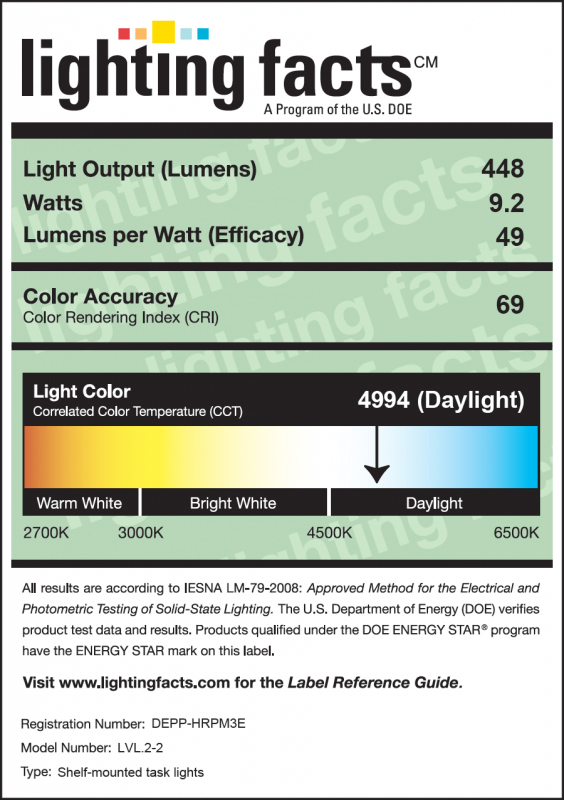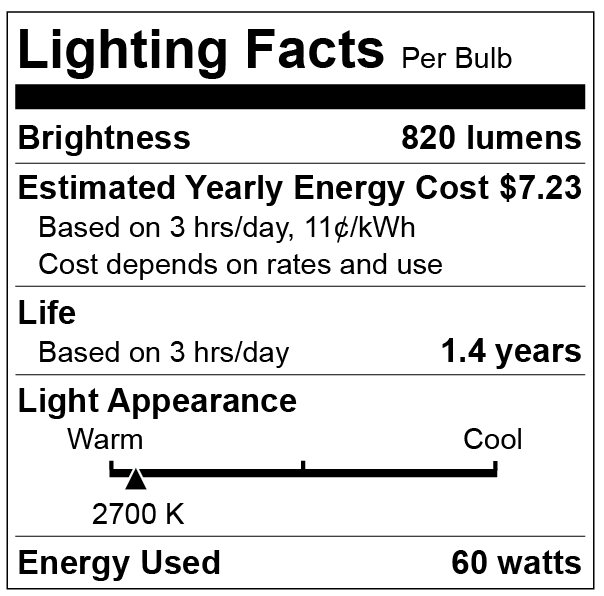by Jeff Robbins, LC, MEIS
The retrofit lamp business is getting stronger, and the number of new products entering the market has increased dramatically. Consumers won’t be surprised to learn that not all of these products are reliable and the foremost, and potentially biggest, issue is the accuracy of product performance and measurement information provided by manufacturers.
When considering a new LED light source, we recommend taking advantage of the LED Lighting Facts® Product List. LED Lighting Facts is a program of the U.S. Department of Energy, which provides a central location for showcasing LED products from manufacturers that have committed to testing their products and reporting the performance outcomes based on industry standards. This voluntary program allows manufactures whose products have been tested by qualified laboratories to display the LED Lighting Facts Label on the product packaging, and to be included on the program’s website, which has very robust customized search capabilities.
The LED Lighting Facts Label should not be confused with the FTC “lighting facts” label or the requirements for displaying either on product packaging. It’s important to know the difference.
Below are the main differences between the two and sample of what those labels look like. The LED Lighting Facts Label enables retail buyers, utilities and lighting professionals to evaluate solid state lighting (SSL), while the FTC label is directed to consumers.
| LED Lighting Facts Label |
| All fixture types |
| Solid State Lighting only |
| Voluntary |
| Not required on packaging |
| Label for industry use |
| Lifetime not listed |
| LM-79 Testing required; verified by Dept. of Energy and off-the-shelf testing program |

| FTC "Lighting Facts" Label |
| Medium screw based light bulbs only |
| Solid State Light, fluorescent, incandescent and halogen |
| Mandatory |
| Required on packaging |
| Label for consumers |
| Lifetime listed |
| No lifetime testing required for Solid State Lighting Based on manufacturer claims |


